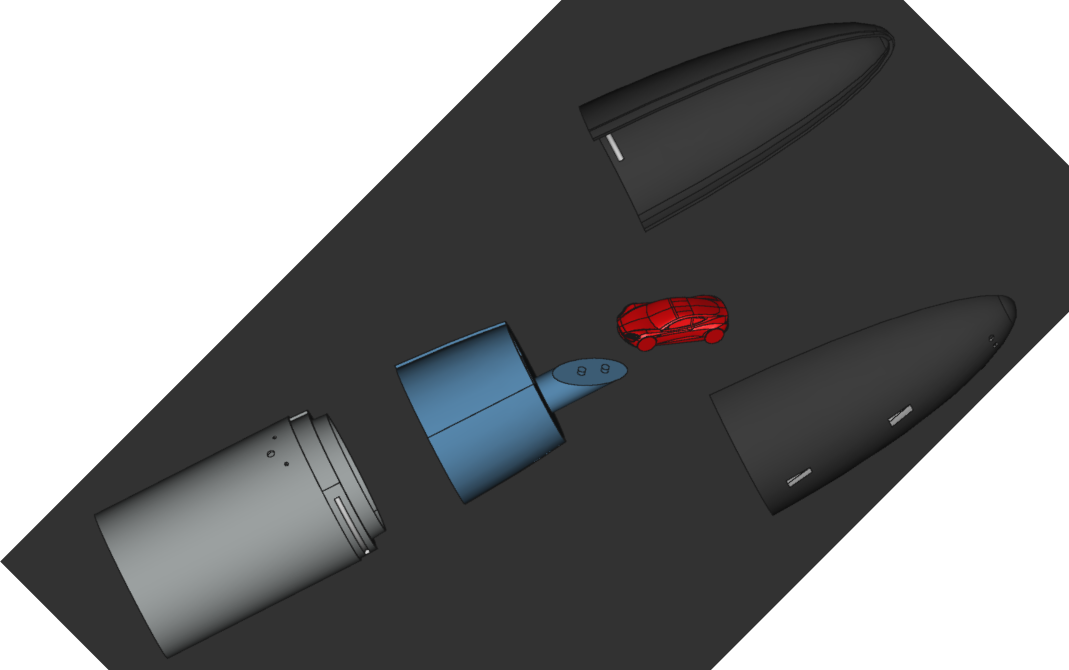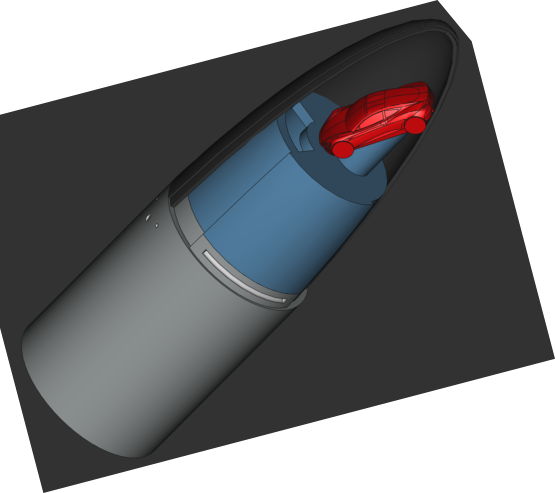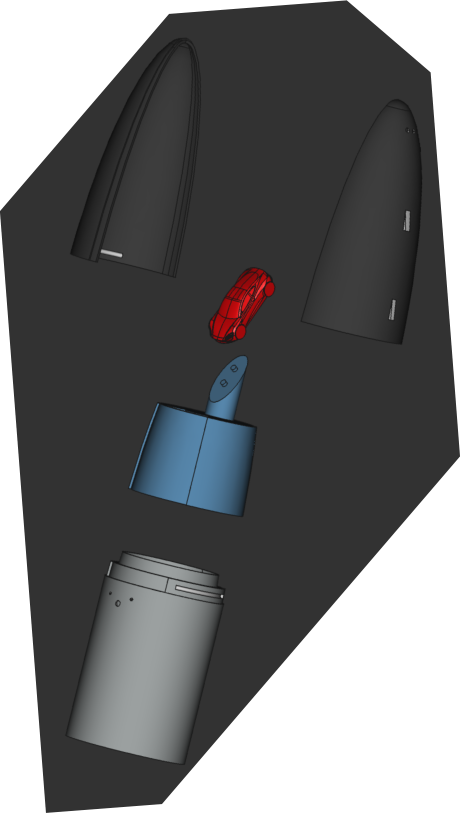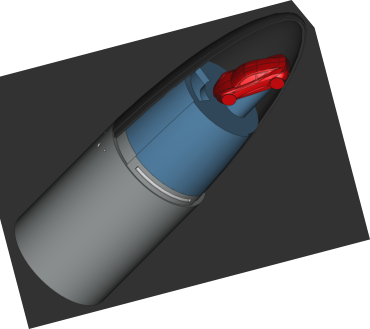English



Change language:














In
February
2018,
Space
X
launched
their
rocket
Falcon
Heavy
for
the
first
time
and
it‘s
now
the
biggest
rocket
in
operation.
But
besides
being
very
powerful
the
most
interesting
part
of
this
rocket
is
it‘s
reusability
-
the
first
stage
and
the
boosters
can
land
back
on
earth
using
their
engines.
To
test
this
new
rocket,
Space
X
decided
to
not
launch
a
satellite
but
a
Tesla
Roadster.
The
live
stream
of
the
launched
was
watched
by
millions
of
space
enthusiasts
around
the
world.
The
most
exciting
moment
was
-
besides
the
return
of
the
boosters
-
the
separation
of
the
fairings
(you
can
see
the
fairing
separation
in
the
video
at
1:02).
The
amazing
footage
of
the
Tesla
Roadster
in
front
of
the
earth
made
us
wonder
if
we
were
able
to
achieve
a
similar
moment
with
a
water
rocket.
And
so
we
decided
to
try
our
best
to
build
a
mechanism
which
would allow us to separate the fairing and to launch a mini Tesla.
THE INSPIRATION - FALCON HEAVY & STARMAN
EARLY CONCEPTS
The
technical
most
challenging
part
of
the
project
was
to
make
a
fairing
which
would
act
the
same
way
the
fairing
on
Falcon
Heavy
and
most
other
rockets
does:
The
fairing
consists
of
two
parts
which
are
separated
and
fall
back
to
earth.
Thus, it should be possible to recreate the footage of the separation a with our mini tesla.
From
the
very
beginning
it
was
clear
that
the
mechanism
would
be
manufactured
using
3D
printing
because
this
project
is
difficult
to
realize
otherwise,
as
the
fairing
halves
have
to
fit
very
closely
together.
We
already
had
experience
in
developing
3D-printed
parachute
systems
at
that
time,
so
we
knew
roughly
what
to
do.
During
the
design
process
we
found
out
that
the
separation
of
the
fairing
can
be
combined
very
well
with
the
ejection
of
a
probe
or
a
CanSat.
With
the
Earth
Observation
Water
Rocket,
we
have
already
successfully
ejected
a
small
CanSat
in
2017,
which
collected
separated
from
the
rocket
various
environmental
data.
At
that
time,
however,
the
mechanism
was
vulnerable
and
required
a
lot
of
preparation
time
before
the
probe
could
be
started.
Our
experience
with
the
3D
printer
has
enabled
us
to
make
such
a
mechanism
much
safer,
more
flexible
and
easier.
So
we
decided
to
launch
our
mini-car
with
a
detachable
probe
-
this
means
that
the
Tesla
returns
separately
from
the
actual
rocket
on
the
parachute.
The
advantage
of
this
system
is
a
longer
flight
of
the
Tesla,
better
possibilities
for
the
camera
placement
at
the
rocket
and
of
course
that
our
newly
developed
system
can
also
be
used
for
other purposes than the launch of a toy car.

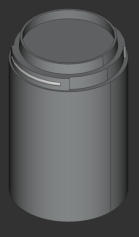
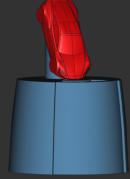
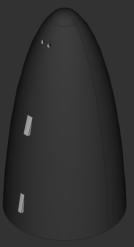



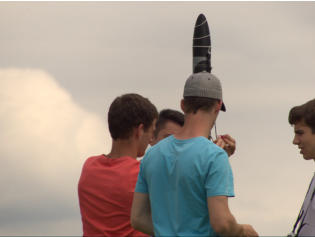
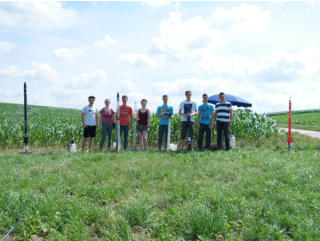
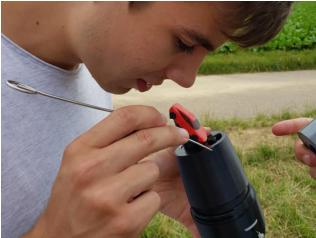
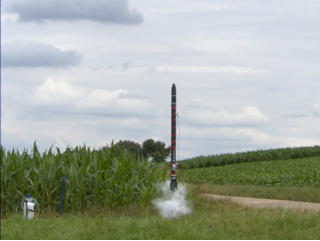
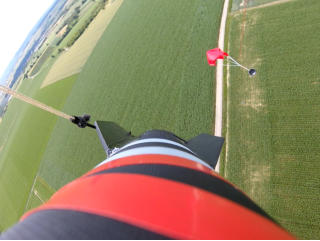
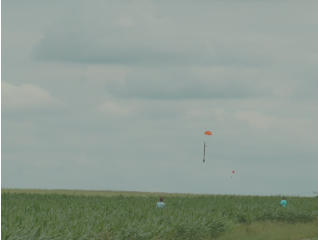
LAUNCHING A MINI TESLA
WITH OUR PAYLOAD FAIRING MECHANISM FOR WATER ROCKETS

19th June 2018
COMPONENTS
Rocket adapter
Probe with Tesla
Fairings
Is
mounted
on
the
rocket
and
holds
the
probe
and
the
fairings
in
position.
The
Tommy
Timer
or
Servo
is
attached
to
this part.
In
this
case,
the
probe
consists
of
the
Tesla
and
a
casing
for
the
parachute
and
an
onboard
camera.
The
fairings
are
hold
in
position
with
a
rubber
band,
which
is
wrapped
around
them.
There
are
little
hooks
on
the
outside
to
prevent
the
band from slipping.
FIRST FLIGHT ON 17TH JUNE 2018
Four
months
after
the
launch
of
the
Falcon
Heavy,
on
17th
June
2018,
we
were
finally
ready:
On
our
72nd
launch
day
we
launched
the
Payload
Fairing
Mechanism
together
with
the
Tesla
onboard
the
modified
Arrow
2
rocket.
This
modified
version
of
the
rocket
weighs
more
than
900g
at
launch,
as
it
has
two
onboard
cameras
in
addition
to
the
mechanism
and
two
parachutes.
Besides
slight
wind
heights,
the
location
of
the
launch
site
in
Lampoldshausen,
which
was
surrounded
by
high
corn
fields,
made
launch
conditions
difficult.
For
this
reason
we
decided
to
tie
the
Tesla
to
the
rocket
with
a
10m
long
cord so that it would not get lost together with the onboard camera.
We
launched
at
14
bar
/
200
psi
and
the
rocket
flew
straight
up,
where
the
fairing
mechanism
ejected
the
Tesla
as
planned. Both the rocket and the Tesla landed at a shorter distance than expected from the launch pad.



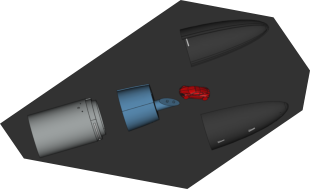
DOWNLOAD THE MECHANISM
If
you
would
like
to
launch
a
payload
yourself
using
a
water
rocket,
you
can
download
the
payload
fairing
mechanism
files
in our 3D printing area and adapt the mechanism to your own needs.
In
February
2018,
Space
X
launched
their
rocket
Falcon
Heavy
for
the
first
time
and
it‘s
now
the
biggest
rocket
in
operation.
But
besides
being
very
powerful
the
most
interesting
part
of
this
rocket
is
it‘s
reusability
-
the
first
stage
and
the
boosters
can
land
back
on
earth
using
their
engines.
To
test
this
new
rocket,
Space
X
decided
to
not
launch
a
satellite
but
a
Tesla
Roadster.
The
live
stream
of
the
launched
was
watched
by
millions
of
space
enthusiasts
around
the
world.
The
most
exciting
moment
was
-
besides
the
return
of
the
boosters
-
the
separation
of
the
fairings
(you
can
see
the
fairing
separation
in
the
video
at
1:02).
The
amazing
footage
of
the
Tesla
Roadster
in
front
of
the
earth
made
us
wonder
if
we
were
able
to
achieve
a
similar
moment
with
a
water
rocket.
And
so
we
decided
to
try
our
best
to
build
a
mechanism
which
would
allow
us
to
separate
the
fairing
and
to
launch a mini Tesla.
THE INSPIRATION
EARLY CONCEPTS
The
technical
most
challenging
part
of
the
project
was
to
make
a
fairing
which
would
act
the
same
way
the
fairing
on
Falcon
Heavy
and
most
other
rockets
does:
The
fairing
consists
of
two
parts
which
are
separated
and
fall
back
to
earth.
Thus,
it
should
be
possible
to
recreate
the
footage
of
the
separation a with our mini tesla.
From
the
very
beginning
it
was
clear
that
the
mechanism
would
be
manufactured
using
3D
printing
because
this
project
is
difficult
to
realize
otherwise,
as
the
fairing
halves
have
to
fit
very
closely
together.
We
already
had
experience
in
developing
3D-printed
parachute
systems
at
that
time,
so
we
knew
roughly
what
to
do.
During
the
design
process
we
found
out
that
the
separation
of
the
fairing
can
be
combined
very
well
with
the
ejection
of
a
probe
or
a
CanSat.
With
the
Earth
Observation
Water
Rocket,
we
have
already
successfully
ejected
a
small
CanSat
in
2017,
which
collected
separated
from
the
rocket
various
environmental data.
At
that
time,
however,
the
mechanism
was
vulnerable
and
required
a
lot
of
preparation
time
before
the
probe
could
be
started.
Our
experience
with
the
3D
printer
has
enabled
us
to
make
such
a
mechanism
much
safer,
more
flexible
and
easier.
So
we
decided
to
launch
our
mini-car
with
a
detachable
probe
-
this
means
that
the
Tesla
returns
separately
from
the
actual
rocket
on
the
parachute.
The
advantage
of
this
system
is
a
longer
flight
of
the
Tesla,
better
possibilities
for
the
camera
placement
at
the
rocket
and
of
course
that
our
newly
developed
system
can
also
be
used
for
other purposes than the launch of a toy car.

LAUNCHING A TESLA
WITH OUR PAYLOAD FAIRING MECHANISM
19th June 2018
COMPONENTS
Rocket adapter
Probe with Tesla
Fairings
Is
mounted
on
the
rocket
and
holds
the
probe
and
the
fairings
in
position.
The
Tommy
Timer
or
Servo
is
attached
to
this part.
In
this
case,
the
probe
consists
of
the
Tesla
and
a
casing
for
the
parachute
and
an
onboard
camera.
The
fairings
are
hold
in
position
with
a
rubber
band,
which
is
wrapped
around
them.
There
are
little
hooks
on
the
outside
to
prevent
the
band from slipping.
FIRST FLIGHT ON 17TH JUNE 2018
Four
months
after
the
launch
of
the
Falcon
Heavy,
on
17th
June
2018,
we
were
finally
ready:
On
our
72nd
launch
day
we
launched
the
Payload
Fairing
Mechanism
together
with
the
Tesla
onboard
the
modified
Arrow
2
rocket.
This
modified
version
of
the
rocket
weighs
more
than
900g
at
launch,
as
it
has
two
onboard
cameras
in
addition
to
the
mechanism
and
two
parachutes.
Besides
slight
wind
heights,
the
location
of
the
launch
site
in
Lampoldshausen,
which
was
surrounded
by
high
corn
fields,
made
launch
conditions
difficult.
For
this
reason
we
decided
to
tie
the
Tesla
to
the
rocket
with
a
10m
long
cord
so
that
it
would
not
get lost together with the onboard camera.
We
launched
at
14
bar
/
200
psi
and
the
rocket
flew
straight
up,
where
the
fairing
mechanism
ejected
the
Tesla
as
planned.
Both
the
rocket
and
the
Tesla
landed
at
a
shorter
distance
than
expected from the launch pad.






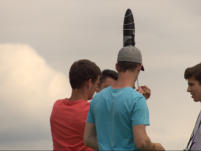
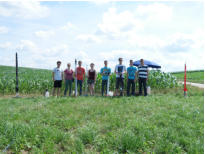
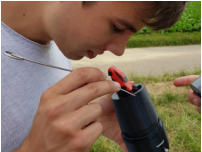
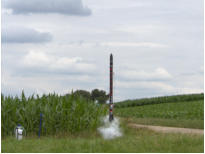
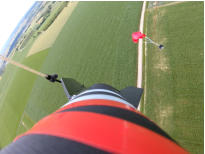
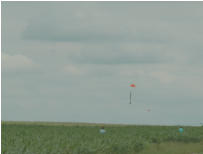




DOWNLOAD THE MECHANISM
If
you
would
like
to
launch
a
payload
yourself
using
a
water
rocket,
you
can
download
the
payload
fairing
mechanism
files
in
our
3D
printing
area
and
adapt the mechanism to your own needs.
English



Change language:














HOME
ABOUT US
ROCKETS
LAUNCHES
ARTICLES
TUTORIALS
EDUCATION


HOME
ABOUT US
ROCKETS
LAUNCHES
ARTICLES
TUTORIALS
EDUCATION


